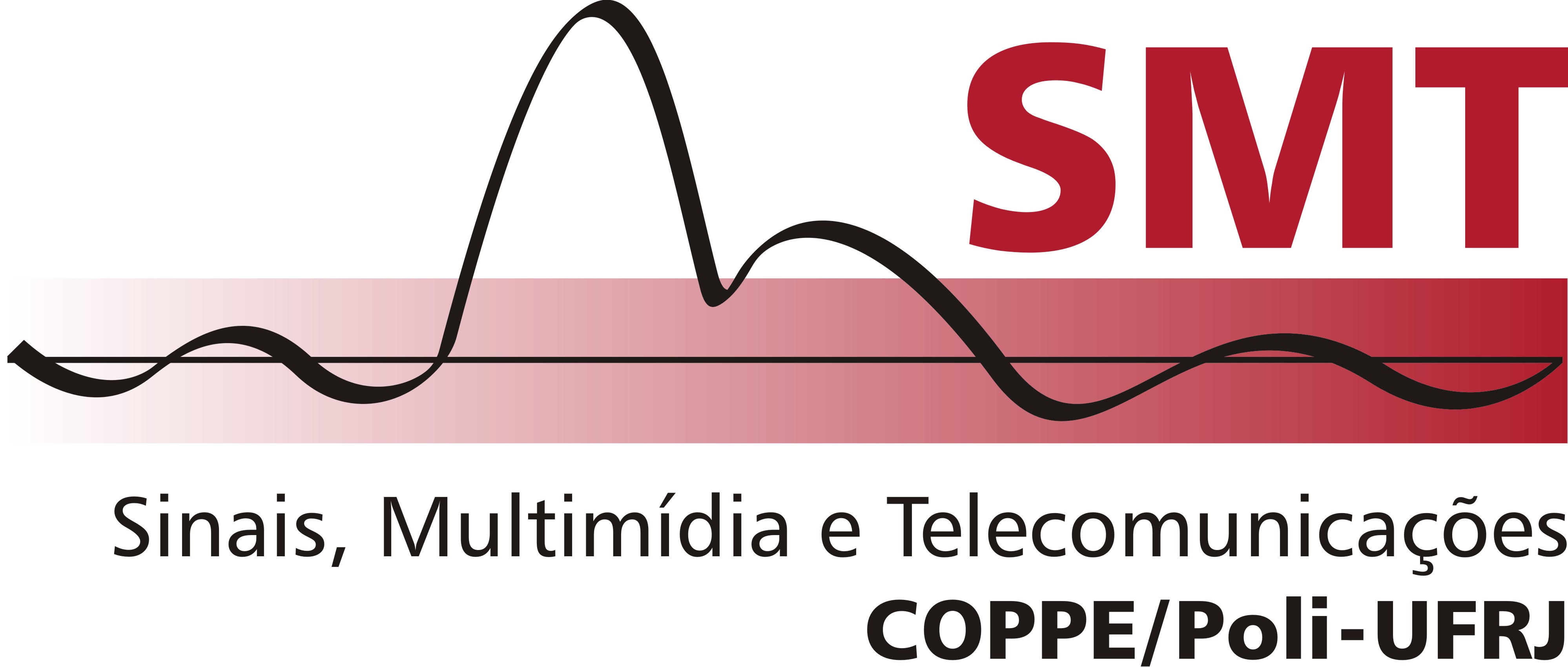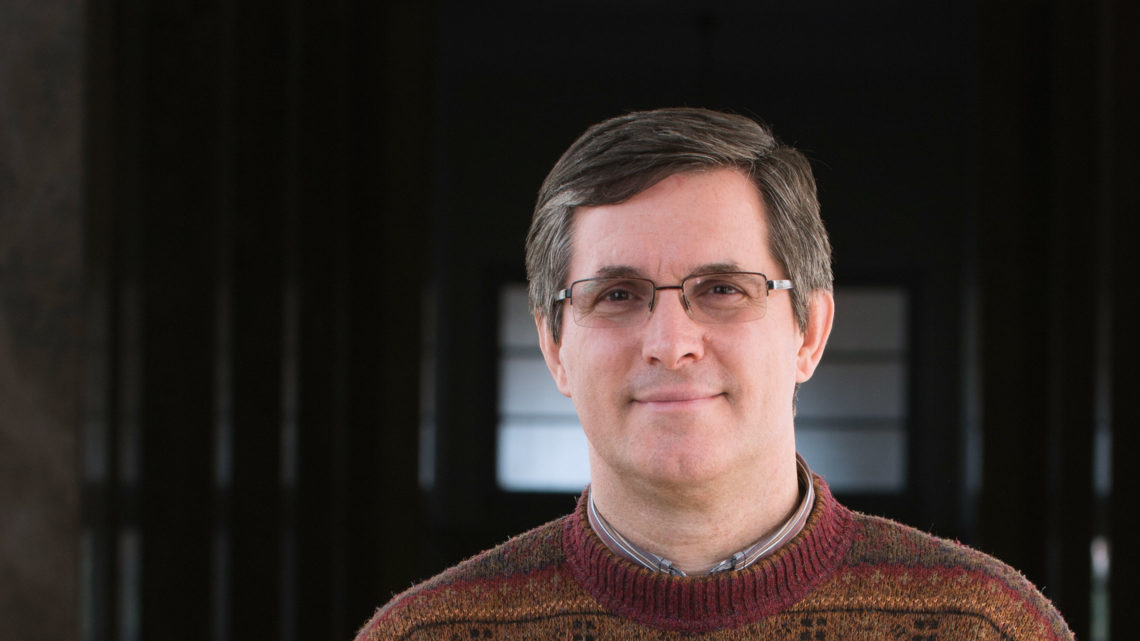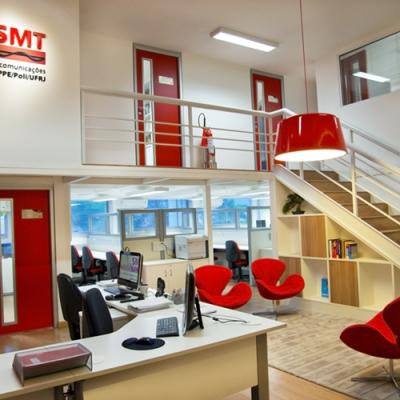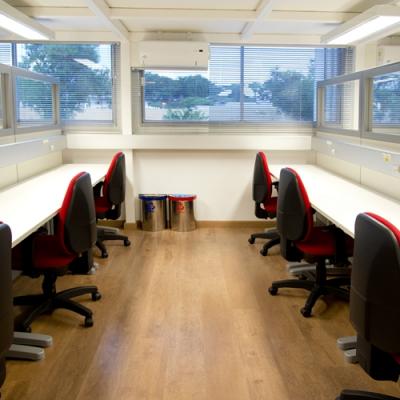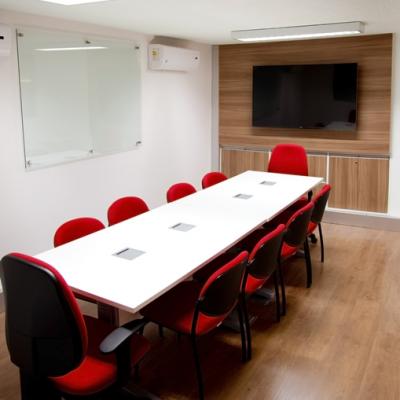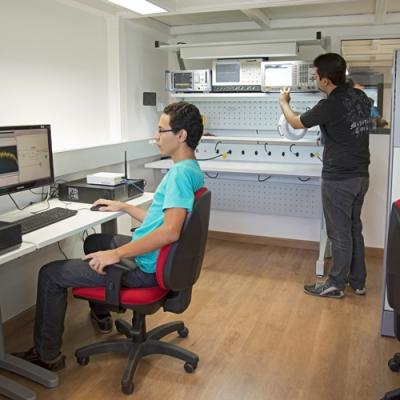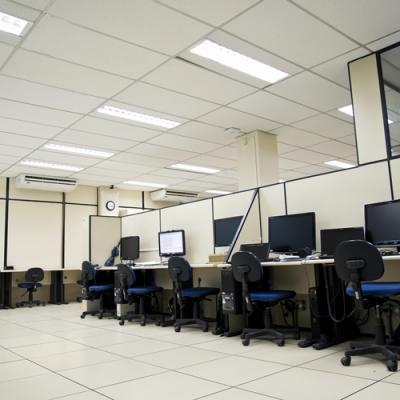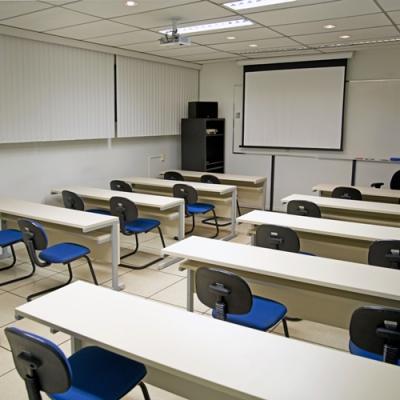Prof. Fernando Pereira
Instituto de Telecomunicações, Lisboa, PT
Date: 08/14/2014
Time: 14:00 p.m
Local: Centro de Tecnologia, Bloco H – Room 322
Bio:
Fernando Pereira is with the Department of Electrical and Computer Engineering of Instituto Superior Técnico (IST), Universidade de Lisboa, and with Instituto de Telecomunicações, Lisbon, Portugal. He is currently a Visiting Professor at Universidade Federal do Rio de Janeiro, Brazil. He is responsible for the participation of IST in many national and international research projects. He acts often as project evaluator and auditor for various organizations. He is an Area Editor of the Signal Processing: Image Communication Journal, and is or has been an Associate Editor of the IEEE Transactions on Circuits and Systems for Video Technology, IEEE Transactions on Image Processing, IEEE Transactions on Multimedia, and IEEE Signal Processing Magazine. Since January 2013, he is the Editor-in-Chief of the IEEE Journal of Selected Topics in Signal Processing. He was an IEEE Signal Processing Society Distinguished Lecturer in 2005 and elected as an IEEE Fellow in 2008 for “contributions to object-based digital video representation technologies and standards”. He has been elected to serve on the Signal Processing Society Board of Governors in the capacity of Memberat- Large for a 2012 term and a 2014-2016 term. Since 2013, he is also a EURASIP Fellow for “contributions to digital video representation technologies and standards”. He has been participating in the MPEG standardization activities, notably as the head of the Portuguese delegation, chairman of the MPEG Requirements Group, and chairman of many Ad Hoc Groups related to the MPEG-4 and MPEG-7 standards. He is a co-editor of ‘The MPEG-4 Book’ and ‘The MPEG-21 Book’, which are reference books in their areas. He has contributed more than 250 papers in international journals, conferences and workshops, and made several tens of invited talks at conferences and workshops. His areas of interest are video analysis, coding, description and adaptation, and advanced multimedia services.
About the lecture:
Video coding has been steadily evolving in the past decades with significant technological developments, impressive deployment of services and applications, and an amazing overall impact in our society. This evolution has mainly targeted the provision of more diverse and higher quality multimedia user experiences by enlarging the set of networks and terminals where video consumption is possible, e.g. wireless networks and small devices, as well as continuously improving the video quality and resolution for the already deployed services, e.g. high and ultra-high definition television. From a technological point of view, the ‘video coding adventure’ has been providing major compression gains associated to the set of video coding technologies and standards nowadays available. This set of standards resulted from a rather smooth technological evolution, based on the same predictive coding architecture, which has been successively enriched with new tools to provide higher compression factors for the same quality, typically at the cost of higher encoding complexities. The market state-of-the-art on video coding is nowadays represented by the H.264/AVC (Advanced Video Coding) standard, which has already been largely deployed for many application domains, from wireless video streaming to digital TV and Blu-ray storage. Moreover, as 3D experiences are becoming more popular, also 3D video representation solutions are evolving, notably by means of stereo video to provide intense depth impressions and multiview video to offer immersive 3D navigation capabilities through a continuum of viewpoints.But what will come after the big success of the current video coding technologies ? May video coding keep reducing the rates for the same quality at the same pace? Which 3D video representation format will succeed ? Will light field based representations finally emerge? Will new sensors and displays change the visual representation landscape? In summary, this talk will discuss the present and future of video coding, notably considering the technological and applications trends and novelties.


